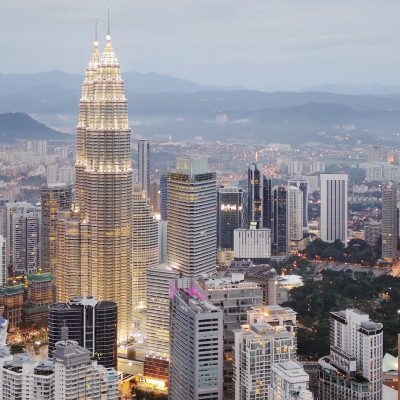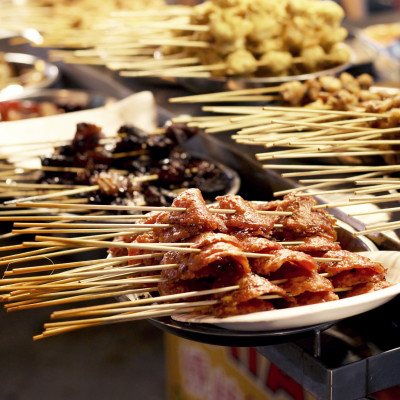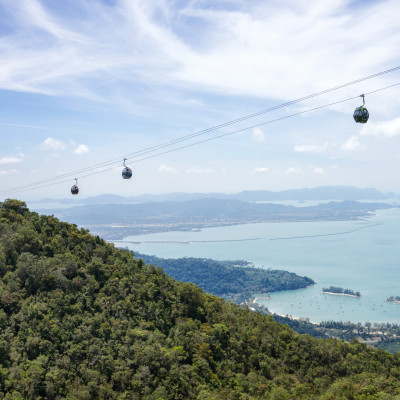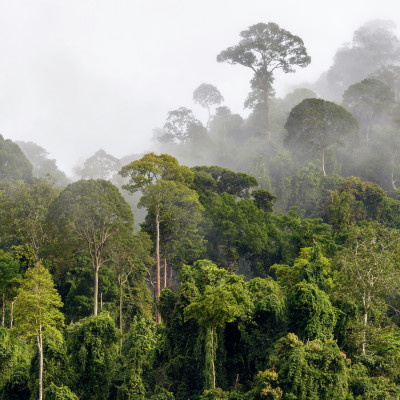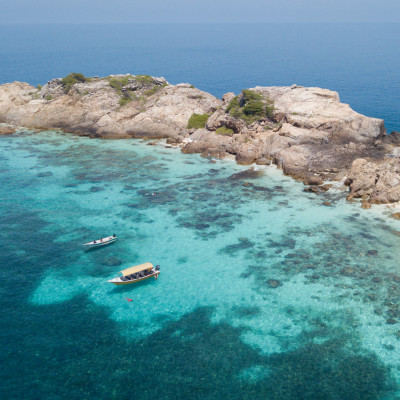Religion and Festivals
Witnessing a local festival is a great way to experience the culture of Malaysia. Most world religions are prevalent in the country including Islam, Christianity, Hinduism and Buddhism. Islam is the largest and official religion of the country. The Penang people used to practice animism although many have converted to Islam or Christianity.
All major festivals from Eid, Chinese New Year, Diwali, and Christmas are celebrated, as are several Malay festivals such as Hari Raya Aidilfitri, and Awal Muharram, as well as state specific festivals such as Sabah Kaamatan Festival and Sarawak Gawai Festival. In addition, the country also hosts several smaller religious festivals, such as the Hindu Thaipusam festival, which includes a procession from the heart of Kuala Lumpur that ends at the Batu Caves to the north of the city.

Architecture
Much of Malaysia’s architecture was influenced by colonial rulers (British, Dutch and Portuguese). Head to George Town and the Sultan Abdul Samad Building in Kuala Lumpur to witness excellent examples of British architecture; and Melaka Town for 17th century Dutch and 16th century Portuguese influences. Chinese architecture can be found in many Chinese temples and heritage homes that date back to the 17th century, especially in Melaka and Penang.
Many modern buildings have Moorish design elements due to Islamic influence and beautiful mosques can be explored throughout the length and breadth of the country. The indigenous communities in Sabah and Sarawak boast wonderful examples of traditional Malay architecture that is constructed on stilts, to ensure houses are cooled and floods are avoided. Some traditional houses can still be seen that were built out of wood without any nails, such as the Old Palace of Seri Menanti in Negeri Sembilan.
Some communities continue to live in traditional longhouses that can house from 20 to 100 families, and water villages built along riverbanks and linked by walkways, with sampan or canoe being the local mode of transport.
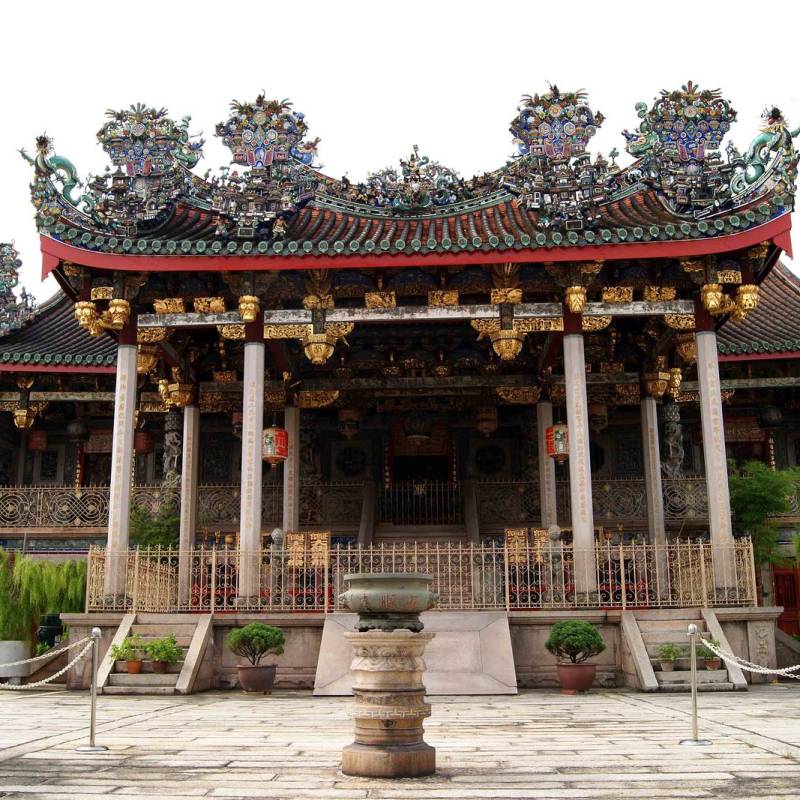
Crafts, music and dance
The booming handicrafts industry is influenced by Islam, and much of the designs are influenced by nature. It is easy to purchase pottery, wooden crafts, bronze and brass work in most regions, and you can find everything from traditional silver jewelry to tribal headdresses! The native Orang Ulu are particularly noted for their artistic ability, with wood carvings, murals, and intricate beadwork, as well as spirit sculptures. Handwoven crafts made from local plant fibers, and traditional textiles such as batiks (dyed materials) and songket (woven with gold thread) are offered for everything from designer clothing to simple and colorful homewares.
Our private Malaysia vacations offer a host of opportunities to tourists for enjoying the diverse music and dance of the country. We highly recommend you discover gamelan and the nobat, the two traditional orchestras, as well as the rebana uni drums, the kompang (similar to a tambourine), and the sape, a traditional flute, for enjoying the native music of the region.
Popular music and dance of Malaysia:
- Datun Julud: Hornbill dance performed by Sarawak’s Kenyah women
- Joget: traditional lively dance with quick tempos
- Kuda Kepang: traditional dance from Indonesia
- Lion dance / dragon dances: energetic dance performed to celebrate Chinese New Year
- Bharatanatyam / Bhangra: traditional Indian classical and folk dances respectively
- Mak Yong: Thai-influenced dance to entertain the royal ladies, with much dance and drama.
- Silat: Malay martial arts
- Sumazau: Traditional dance of Sabah’s Kadazan people
- Tarian Lilin: Delicate dance performed by women balancing candles
- Zapin: Islamic devotional chanting
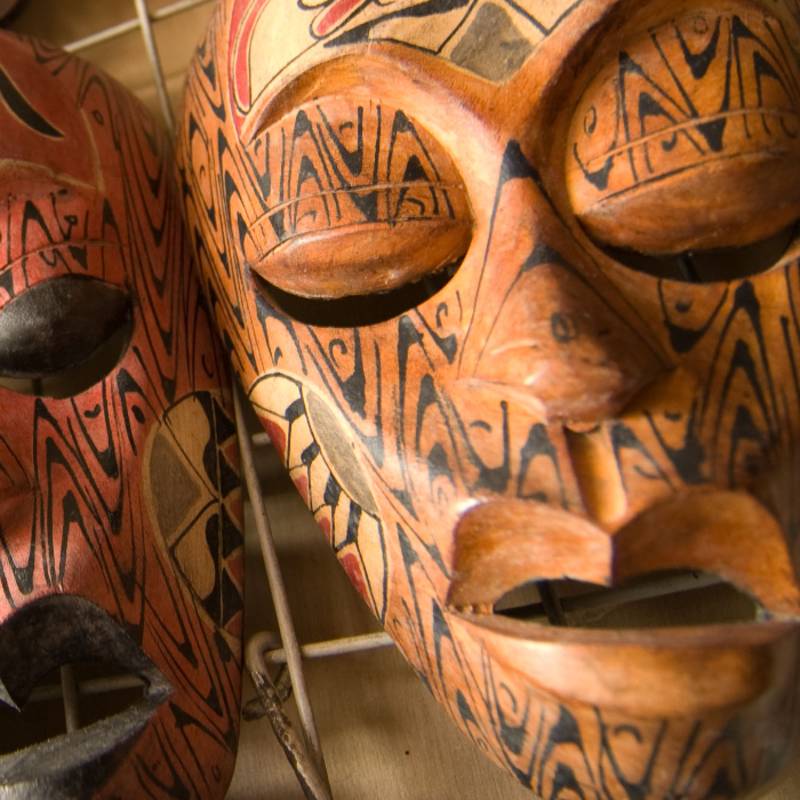
Malaysia Travel Guide: Top Tips – Culture
Greetings: Malay women do not shake hands with men, only women, while the Malay Chinese shake hands lightly and for a prolonged period. In terms of who to greet first, it is usually considered polite to greet the older people of a family first.
Gift giving: Bring chocolate or pastries when invited home, and do not give toy dogs or pigs to children, alcohol or flowers and avoid leather products. Only offer gifts with the right hand or both hands, and don’t expect the gift to be opened in front of you. A gift may be refused before it is accepted by Malay Chinese.
Dress code: Western clothing is popular and acceptable, and there are no rules to be followed but do be respectful and we recommend you avoid clothes that are overly revealing when leaving urban cities and venturing into more rural and traditional regions.
Experience the authentic culture of Malaysia on a tailor-made tour with us. Get in touch for your obligation-free itinerary.
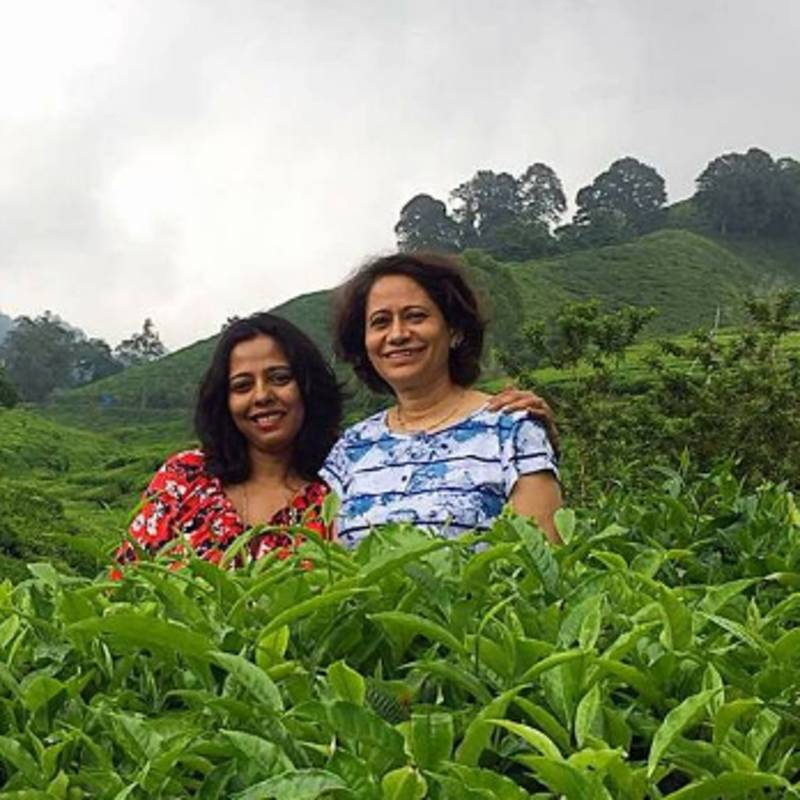
From the Blog
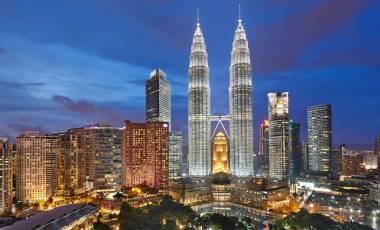
Senior Travel Consultant for Asia, Prathima Rijhwani, describes her experiences on a Malaysia tour with Enchanting Travels.
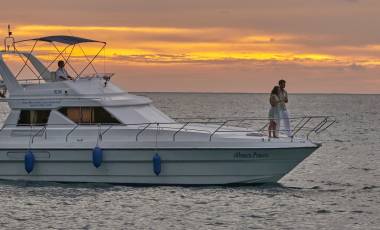
There is something truly unique about a luxury cruise down Asia’s magnificent and iconic rivers. Discover our top 10 favorites for your cruise of a lifetime!
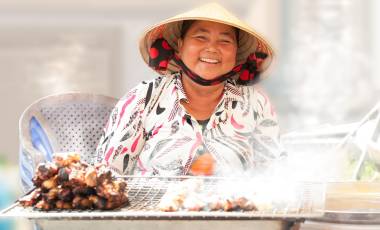
Brace for a delectable journey as we take you on the trail of some of the best Southeast Asia street food you can possibly have.
Sorry, your search found no results.
Popular Trips to Malaysia
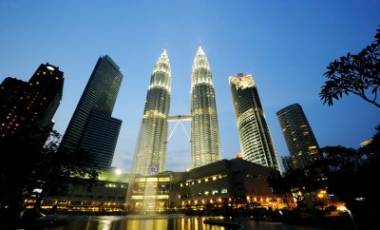
This private Malaysia and Singapore trip offers something for everyone. The verdant rainforests and exotic animals of Borneo appeals to nature and wildlife enthusiasts, vibrant Penang and Kuching satisfies the culture and heritage lover in you, while Langkawi offers crystal clear waters and soft white sands. In Kuala Lumpur and Singapore, uncover a unique blend…
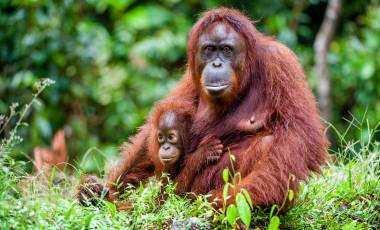
Venture into the wild heart of Borneo. Verdant rainforests, exquisite natural wonders and fascinating wildlife await you on this private Malaysia tour. Delve into the culture of the region at Kota Kinabalu. Keep an eye out for orangutans, pygmy elephants and more at Sukau, and marvel at the natural beauty of Danum Valley. You will…

Combine your Malaysia tour with a delightful Singapore sojourn. With a vibrant melting pot of culture, heritage, cuisine and natural beauty, and unique experiences curated by our destination experts, there are charming surprises awaiting you around every corner. End your private Southeast Asia vacation with some sun and sand at Langkawi’s gorgeous beaches.

From the hustle and bustle of Kuala Lumpur and the verdant natural paradise that is the Cameron Highlands, to the historic city of Penang and the celebrated beaches of Langkawi, this Malaysia tour allows you to fully immerse yourself in the beautiful peninsula.
Sorry, your search found no results.
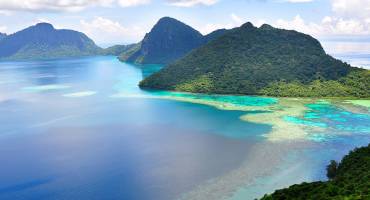
Malaysia Travel Guide
ViewHistory
Explore a fascinating blend of ancient Chinese, Indian and South Asian Muslim heritage, liberally sprinkled with colonial influence. Discover the history of Malaysia on your tour with our top tips.
Cuisine
From eating seafood in all the coastal regions, including Kota Kinabalu, Penang and Langkawi, to street food paradises in Kuala Lumpur and Kuching, discover the diversity of Malaysian cuisine.
Best Time To Visit
The best time to visit Malaysia varies depending on the region, as the country is split into two main areas: the Peninsular region and Borneo. Our destination experts share an overview the best time for Malaysia vacations.

